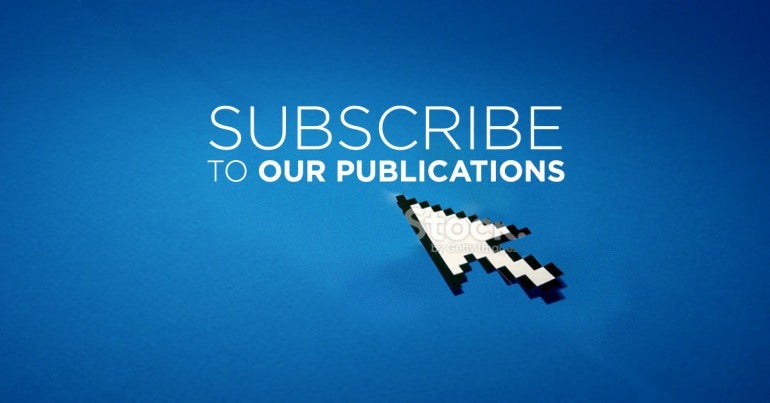 Ever since workers and their unions won legal recognition in Canada, governments have looked for ways to limit our right to strike. For decades, federal and provincial governments relied on back-to-work legislation to break strikes, but in recent months the federal government has embraced an even less democratic approach: Section 107 of the Canada Labour Code.
Ever since workers and their unions won legal recognition in Canada, governments have looked for ways to limit our right to strike. For decades, federal and provincial governments relied on back-to-work legislation to break strikes, but in recent months the federal government has embraced an even less democratic approach: Section 107 of the Canada Labour Code.
Section 107 was in the news during the recent Air Canada strike, as the Federal Government directed the Canada Industrial Relations Board (CIRB) to order CUPE to end the flight attendants’ strike barely 8 hours after it had started. What really made headlines was CUPE’s decision to stay on strike, forcing Air Canada to return to the table and meaningfully negotiate with the union.
You may be wondering, what exactly is Section 107?
The Canada Labour Code applies to workers in federally-regulated industries like ports, air transportation, railways, telecommunications, shipping, and most federal Crown corporations, like Canada Post.
Section 107 of the Code states that:
The Minister, where the Minister deems it expedient, may do such things as to the Minister seem likely to maintain or secure industrial peace and to promote conditions favourable to the settlement of industrial disputes or differences and to those ends the Minister may refer any question to the Board or direct the Board to do such things as the Minister deems necessary.
This language is very vague and pretty confusing. So if you read it and wonder, “Where does it say that the labour minister can email the CIRB and order them to end a strike?” you aren’t the only one!
Section 107 has been in the Code since 1984, but the first attempt to use it to quash the right to strike was in June 2024, when Westjet mechanics voted to strike. Then-Labour Minister Seamus O’Regan directed the CIRB to impose final binding arbitration before the strike had even started. The CIRB did refer the dispute to arbitration, but allowed the strike to continue until the arbitration process started. Of course, as soon as Westjet realized the government wasn’t going to immediately prevent the strike from happening, the company returned to the bargaining table and an agreement was reached quickly.
The Liberals were allegedly furious that the CIRB had allowed the strike to proceed. But rather than accepting that the law doesn’t permit the labour minister to order an end to a strike, they decided to keep trying to use Section 107 to immediately end work stoppages going forward.
Since summer 2024, the Liberals have used section 107 to intervene in at least seven other strikes, near-strikes and lockouts, including against port workers represented by CUPE 2614 and CUPE 375. Unfortunately, they had greater success than with Westjet the first time. This has encouraged large employers in federally regulated sectors to not meaningfully engage in the bargaining process. This was highlighted when CUPE flight attendants stayed on strike despite the Government’s intervention. When Air Canada CEO Michael Rousseau was asked in an interview why the airline had no plan to make sure customers wouldn’t be stranded in the case of a work stoppage, he openly admitted that the company assumed the government would step in and stop a strike.
Section 107 is just one extreme example of the many ways governments undermine the collective bargaining process and tip the scales in employers’ favour. CUPE and other unions have started the lengthy process of challenging the legislation in Court. CUPE has also called on the federal government to repeal Section 107 entirely, or to consult with Canadian unions on how to amend it to limit its power.


